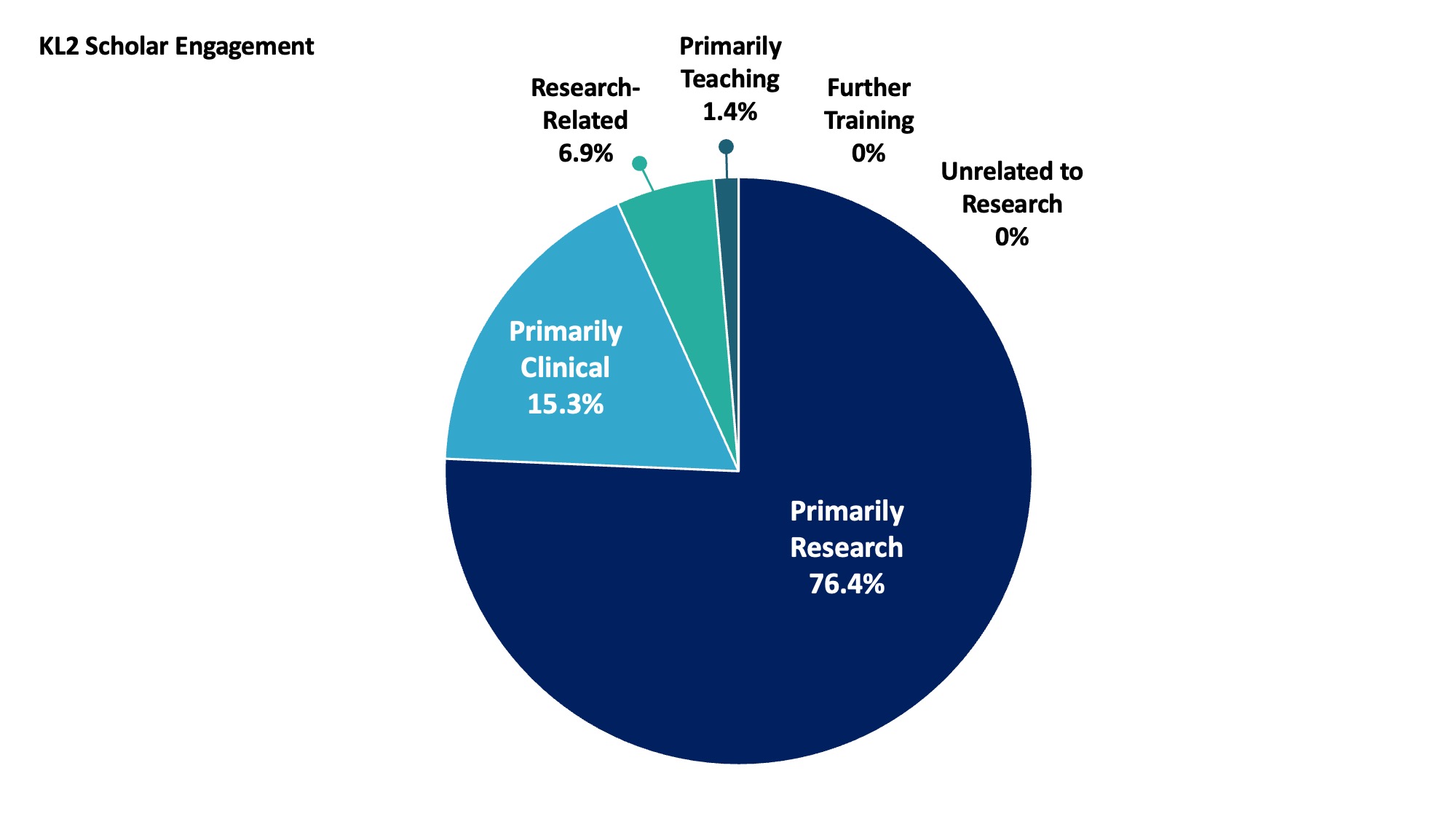47 CTSA Outcomes
21 1bITMAT Education’s mission is to develop a CTS workforce capable of translating knowledge into therapies, devices, and health care strategies that improve human health.
3ceHaving emerged as a pioneering model for collaborative professional scientific education, we have successfully disseminated our best practices locally throughout the university and nationally across the CTSA consortium. Locally, we have become the definitive resource for comprehensive professional skills training, successfully establishing our innovative practices across the Perelman School of Medicine (PSOM) and the University at large, with schoolwide adoption of our mentoring framework and Individual Development Plans. Moreover, ITMAT Ed has become the University’s central hub for research mentor training. Nationally, we co-led the development of the NCATS KL2/K12 Visiting Scholars Program and the National CTSA Virtual Professional Development Series for KL2/K12 scholars, distributed our professional skills development series, contributed content to national mentor training initiatives, and led national education evaluation initiatives.
f17
KL2 Outcomes
8e

1f
T32 Postdoc Outcomes
9e

T32 Predoc Outcomes
9f

 17
17
 17
17